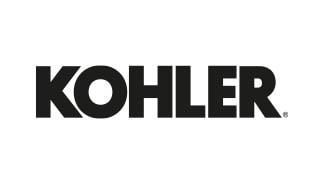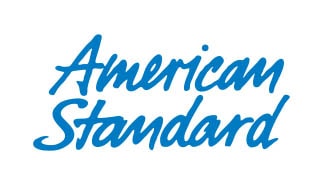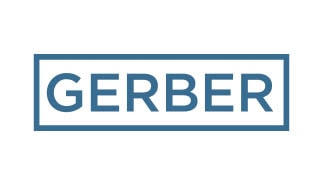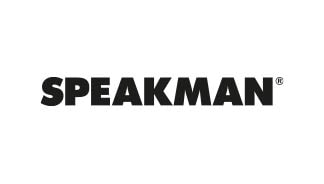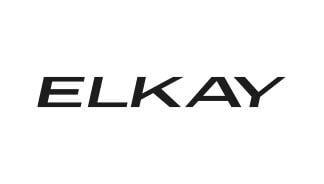Published on
January 14th, 2021Troubleshooting Leaking Backflow Preventer Devices
If you own or manage a property in New York City, you may have to deal with a backflow prevention device at some time or another. This essential item is required in nearly all residential and commercial rental buildings, as well as many other types of properties. Read on to learn some helpful information about troubleshooting backflow preventer leaks.
Backflow Preventer Devices: The Basics
What you need to know first
To refresh your memory or bring you up to speed if you are new to property management, backflow preventer devices are installed to keep clean water flowing in one direction for the use of building occupants. If dirty water was allowed to flow back into your pipes, it could contaminate clean water used for drinking, bathing, and cleaning. As well as for the protection of drinking water, backflow preventers are also used with irrigation systems, swimming pools, and fire suppression systems.
Backflow preventers are ubiquitous in New York City. Backflow is usually caused by a drop in pressure in plumbing systems. This can easily occur because of a broken water main or the use of a fire hydrant, for example. It’s also known as back-siphonage.
Back-pressure, where the pressure of a property’s piping system exceeds that of the water distribution system, can also cause backflow. Back-pressure most commonly occurs with:
- Boilers
- Elevated tanks
- Recirculating systems
- Pressure booster pumps
Because backflow devices are required in many types of buildings, you should have an official record of one installed in your property. They are usually located where the water service enters the building. Backflow preventers may also be installed near cross-connections, where clean water and drainage lines meet.
Causes of Backflow Preventer Leaks
When we service backflow preventers, we typically see leaks caused by debris getting into the relief valve, which prevents it from closing properly and affects its function. Sand, dirt, and other unwanted substances are usually the culprits. Occasionally, we notice other issues with these devices.
The next section covers troubleshooting options you can try on your own if you have problems with your backflow preventer. While a plumber must perform repairs in most cases, there are basic things you can do first, which might save you some time and money.
Fixing backflow preventer leaks
Cleaning the backflow preventer can take care of leaks caused by the particulate clogs described above. Before attempting to do this, shut off the water supply to the building.
Pro tip: if this is your first time cleaning and inspecting a device like this, take photographs with your mobile device before removing each layer of components. This will assist you when it’s time to reassemble the parts.
Next, remove the cover of the backflow preventer device, assuming it has one. This is frequently a bonnet cap that can be unscrewed. There should be an O-ring or gasket beneath that. Remove it and check to ensure it’s still flexible and intact enough to provide a good seal. If it is broken or has become hardened, it will need to be replaced.
The vent assembly should be the next component you find in the device, followed by the retainer clip, the check spring, and the disk assembly. Make sure these parts are intact and in good working order. If they are clogged with debris, clean them. Hard water scale can sometimes be removed by soaking the items in vinegar or lemon juice. If you notice corrosion or rust, it’s probably time to replace these elements with new ones.
Depending on the model, your backflow preventer may be constructed differently. Ideally, consult an owner’s manual or find a diagram of its anatomy online at the manufacturer’s website, so you know what to expect and how the parts work together.
Carefully replace all parts when you’re done cleaning and inspecting. You may have removed ball valves at the start of the procedure, prior to removing the cover. You will have to move them back into their original positions before turning the water back on again.
Once the water has been turned on at the source, you may notice a small amount of leaking water. This should go away within a few minutes, as soon as the system pressurizes. If not, it’s time to call in the pros.
If you have had problems with sand or other debris repeatedly clogging your backflow preventer, you should consider placing a filter on the pipe from your water source. This will prevent unwanted materials from reaching the backflow prevention device in the first place. Your plumber can assist with this preventive measure.
Consequences of letting leaks go untended
If you notice any leaking around your backflow prevention device, it should be tended to immediately. Small problems can become larger, more expensive ones very quickly. And of course, you want to make sure potable water is being maintained in your property, and you want your fire suppression systems to work properly should the need arise.
Negligence when it comes to maintaining your backflow prevention device will result in a failure to pass your annual inspection with a certified tester like Sanitary Plumbing. This can, in turn, cause you to accrue fines with the city or even have your water shut off.
Don’t let problems with your backflow preventer go unrepaired. Call Sanitary Plumbing today at 212-734-5000, or use our easy online form to schedule an appointment.
